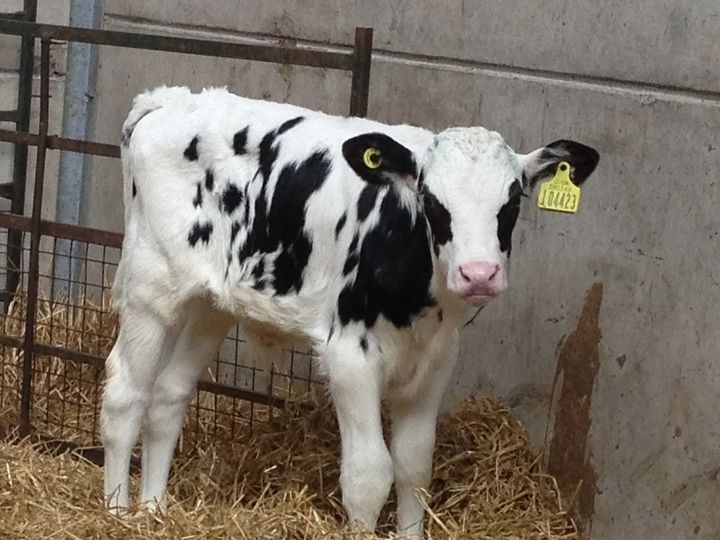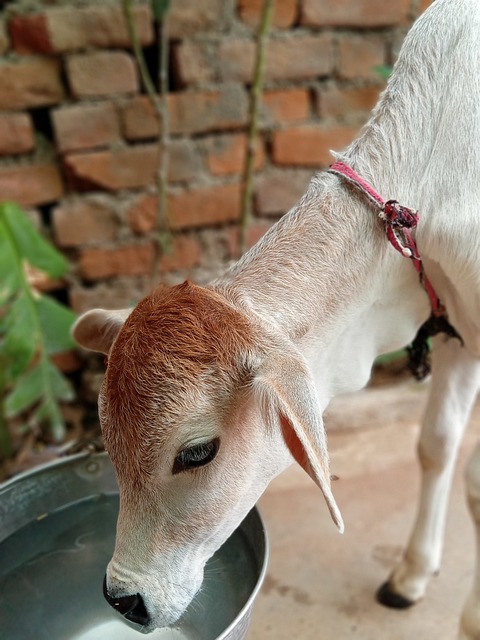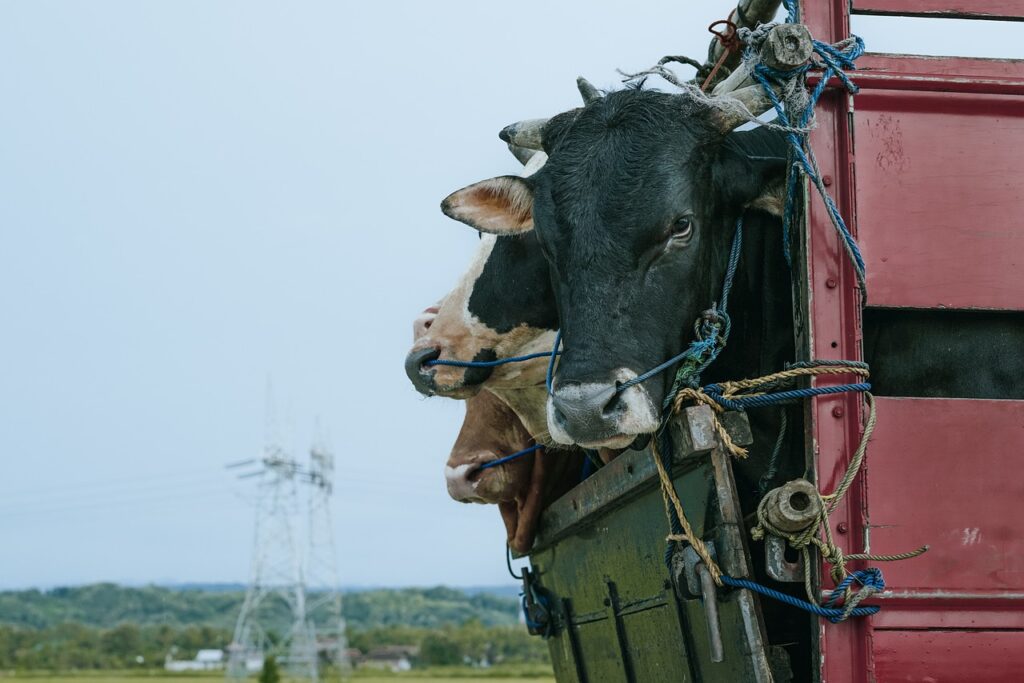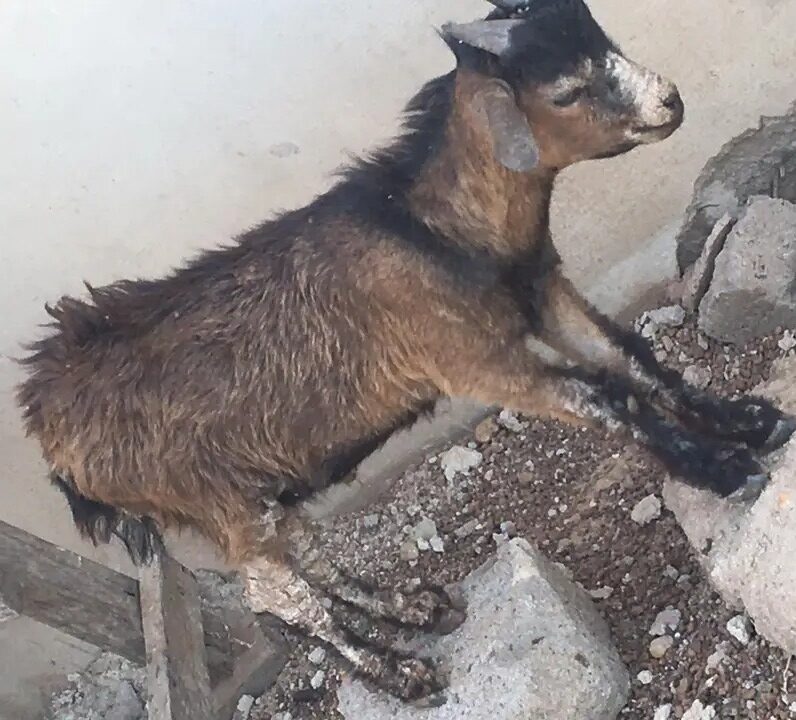The immediate care provided to a newborn calf plays a vital role in its survival and sets the foundation for its future health and productivity. From clearing airways to proper colostrum feeding, each step contributes to the calf’s well-being.
1. Clearing Mucous and Ensuring Breathing
Cleaning Mucous
Immediately after birth, it’s crucial to clear mucous from the calf’s nostrils and mouth to ensure unobstructed breathing. This can be done in two ways:
- Natural Cleaning: Allowing the dam to lick the calf, which also stimulates blood circulation.
- Manual Cleaning: Using a soft, clean towel or smooth dry straw to wipe the nostrils and mouth.
Stimulating Breathing
While most calves breathe naturally, assistance may be needed in some cases:
- Compress and release the calf’s chest to encourage respiratory activity.
- Gently tickle the nostrils with straw or grass to prompt sneezing.
- Hold the calf upside down by its rear legs, allowing mucous to drain naturally.
2. Navel Treatment: Preventing Infections
The navel is a potential entry point for harmful bacteria, making its treatment essential:
- Clean the Cord: Squeeze out any black tarry material.
- Tie and Cut: Tie the cord 2.5 cm away from the navel using clean thread, then cut it 1 cm below the knot with sterilized scissors or a razor blade.
- Disinfect: Apply a 7% iodine solution to the cut end to prevent bacterial invasion.
Under normal conditions, the navel should dry and heal within 1–2 days.
3. Importance of Colostrum Feeding
Colostrum, the first milk produced by the dam, is irreplaceable for a calf’s health:
Passive Immunity
Newborn calves are born without antibodies, making them vulnerable to infections. Colostrum is rich in immunoglobulins, providing passive immunity until the calf’s immune system develops around three weeks of age.
Nutritional Benefits
Compared to regular milk, colostrum contains higher levels of dry matter, energy, protein, minerals, and vitamins essential for growth and development.
Other Benefits:
- Low Lactose Content: Reduces the risk of diarrhea.
- Laxative Properties: Helps expel meconium (the first feces).
- Growth Hormones: Enhances the development of the digestive tract.
4. Calf Weaning Options
The timing of weaning depends on the farm’s management practices and the calf’s health. Common weaning options include:
- Immediate Weaning: Right after birth.
- After First Nursing: Allowing one feeding of colostrum before weaning.
- 2–3 Days with Dam: Ensures adequate colostrum intake.
- When Milk is Market-Ready: Separation occurs when the dam’s milk is suitable for sale.
- At 3–4 Months: When the calf’s rumen is fully developed and it can digest solid feed efficiently.
Conclusion
Providing prompt and proper care to a newborn calf ensures its survival and sets the stage for robust growth. Clearing mucous, stimulating breathing, treating the navel, and feeding colostrum are critical steps. Tailoring weaning practices to the calf’s health and farm objectives further enhances its development.





